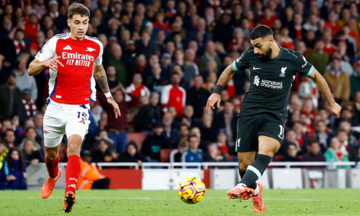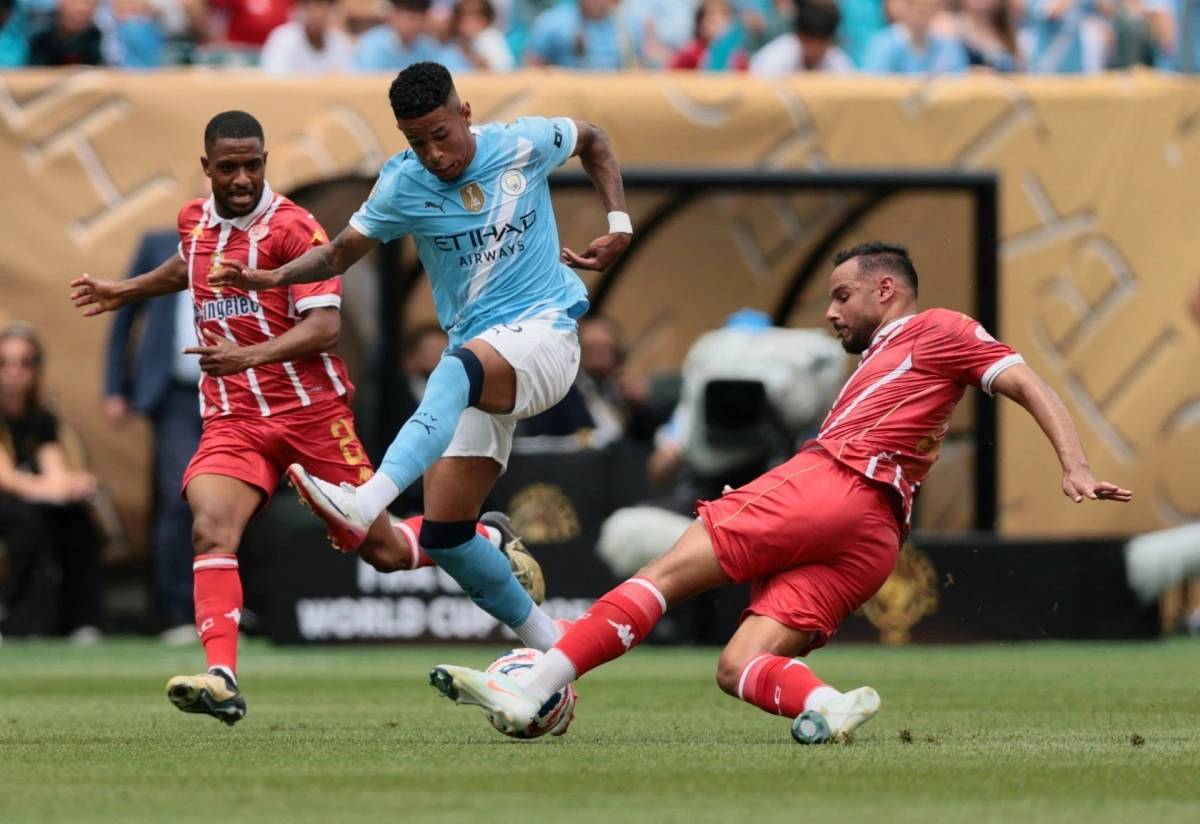 |
Extreme weather impacted the quality of play at the recent Club World Cup, proving to be the most significant factor affecting match quality.
Manchester City played its first group stage match at midday in an open stadium and its second at 9 p.m. in an air-conditioned venue. Coach Pep Guardiola later complained that it was like playing two different sports. Temperatures of 30-40°C will continue to be a concern at next year's World Cup. With the expansion from 32 to 48 teams, scheduling all matches for evenings in air-conditioned stadiums is impossible. FIFA will need to devise a schedule to ensure the fairest possible competition.
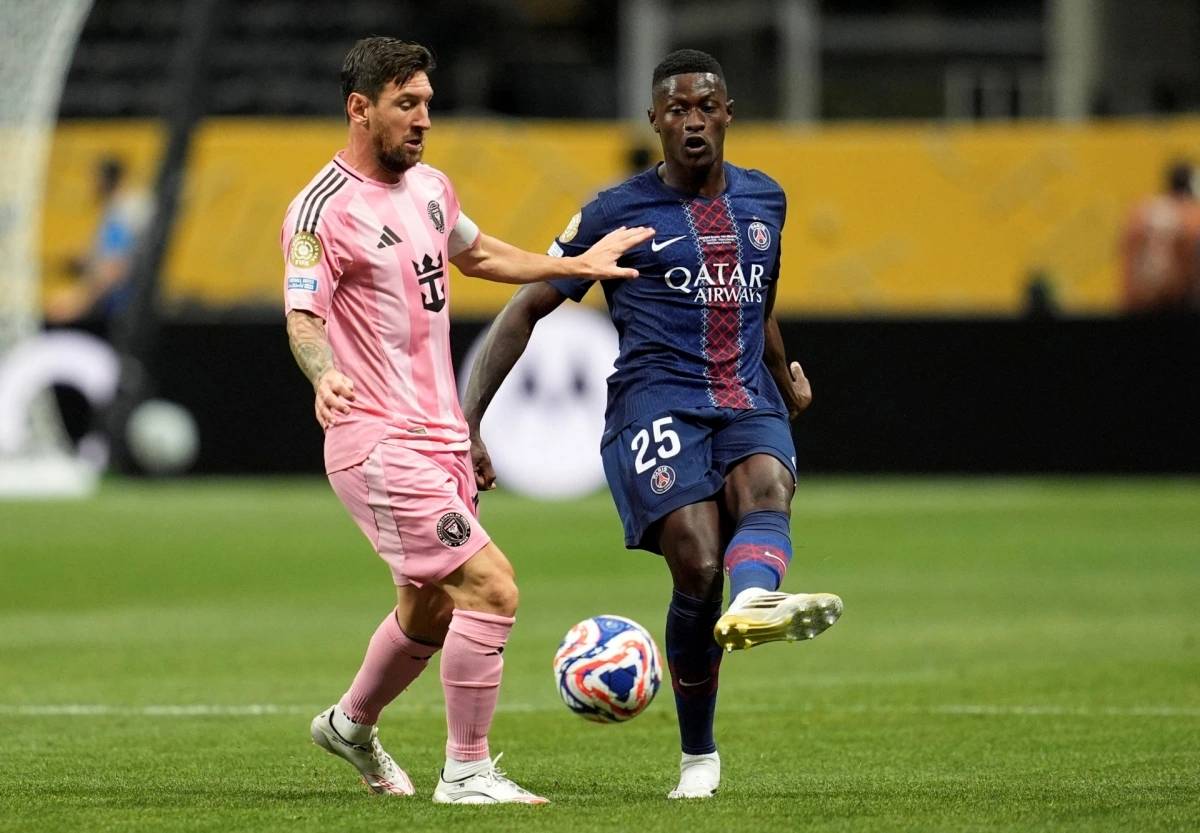 |
For the Club World Cup, the first club world championship held under the new format, FIFA prioritized kick-off times favorable for European primetime viewing to maximize television audiences.
However, for the 2026 World Cup, this isn't necessary as the tournament's value is already established. Audiences in other continents are accustomed to late-night or early-morning viewings. FIFA's priority should be scheduling matches during the coolest parts of the day.
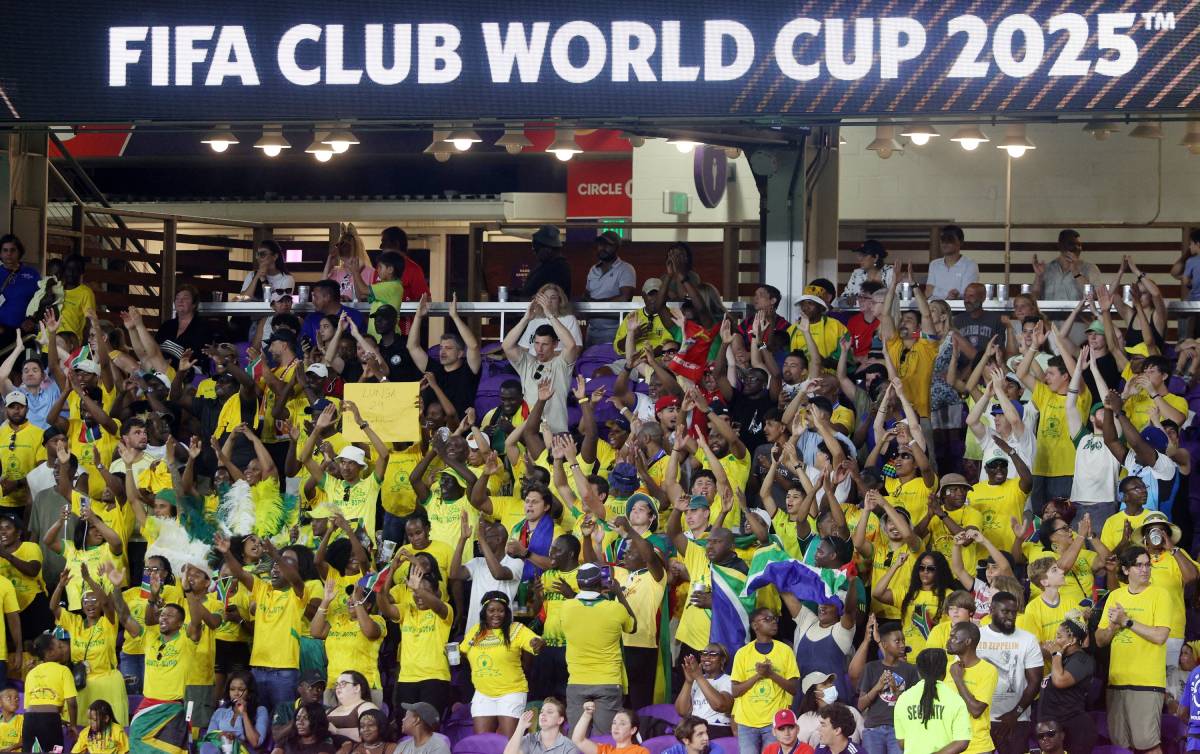 |
The vastness of the United States necessitates frequent long-distance travel by car, train, or plane. Weather-related flight delays and train schedule disruptions could pose challenges for fans traveling between venues. Some stadiums, like Hard Rock Stadium in Miami, are located far from city centers, posing further accessibility issues. Fans will likely rely on cars and face long walks through security perimeters.
 |
At the Club World Cup, coach Luis Enrique criticized Lumen Field in Seattle, comparing its surface to a "basketball court full of holes, making the ball bounce like a rabbit". Midfielder Jude Bellingham blamed the poor playing surface for injuries and expressed hope that "someone will address the issue before the 2026 World Cup".
Some Club World Cup venues, originally designed for American football, used artificial turf that didn't meet FIFA standards. However, growing natural grass also presents challenges. Some stadiums use roofs for shade, depriving natural grass of sufficient sunlight.
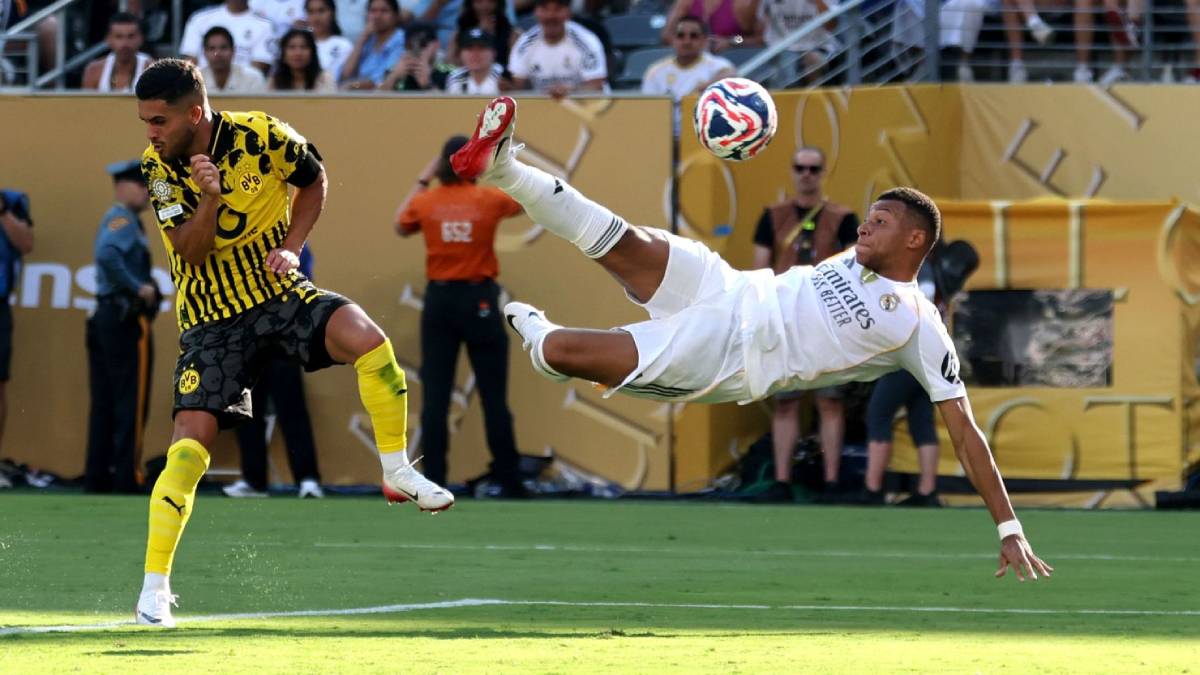 |
Most clubs endure a demanding season before participating in the Club World Cup. Traveling, training, and competing in the intense American heat exacerbates fitness concerns. Teams often experience exhaustion, leading to reduced intensity, substitutions, and increased injury risk.
Furthermore, participating in the Club World Cup and missing the summer break could negatively impact players' performance at the following year's World Cup. Returning players will have only a few weeks to recover before preparing for the 2025-2026 season, when the true impact of the Club World Cup's demanding schedule will be felt.
Ngoc Tuan
Photo: Reuters, FIFA, AFP






